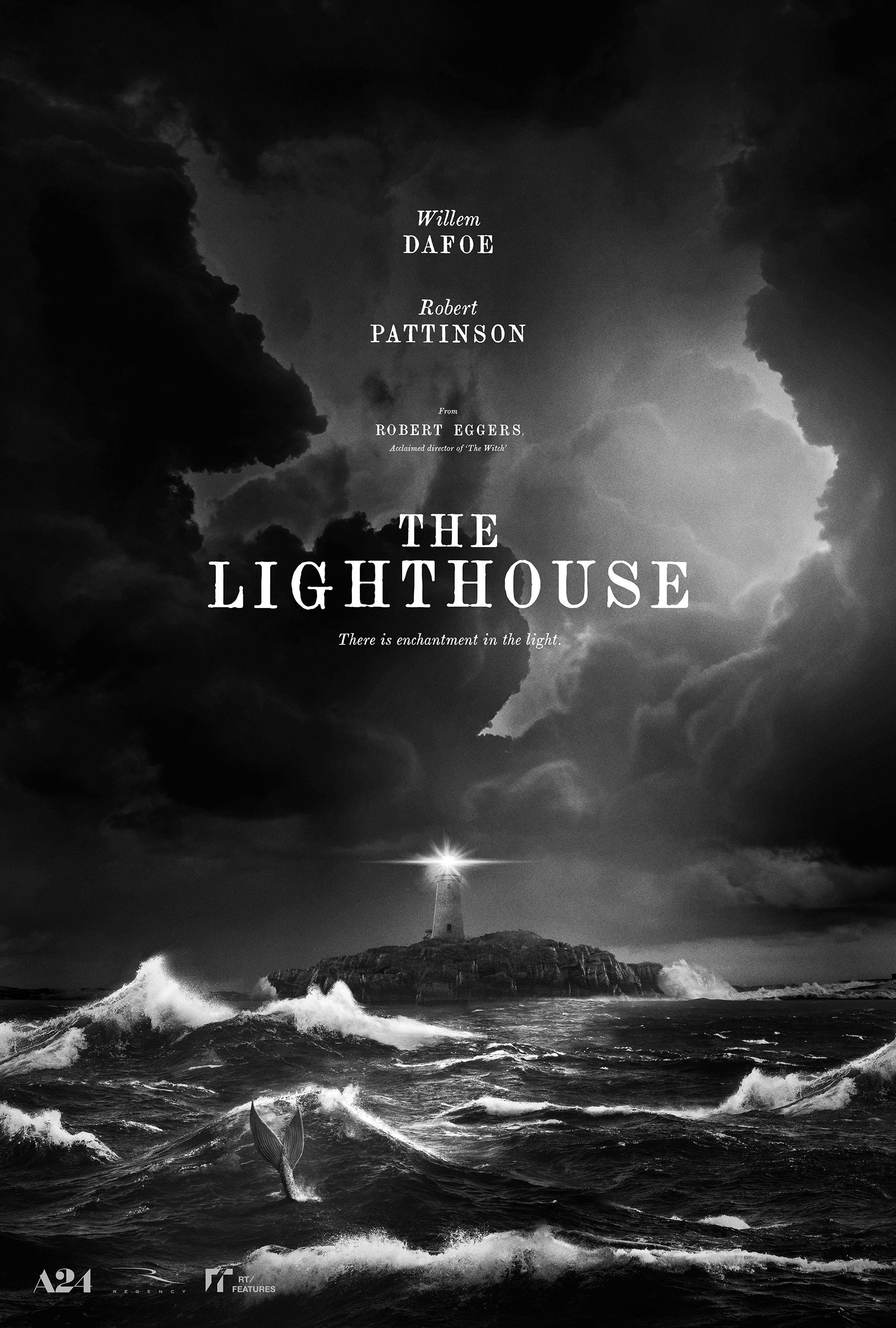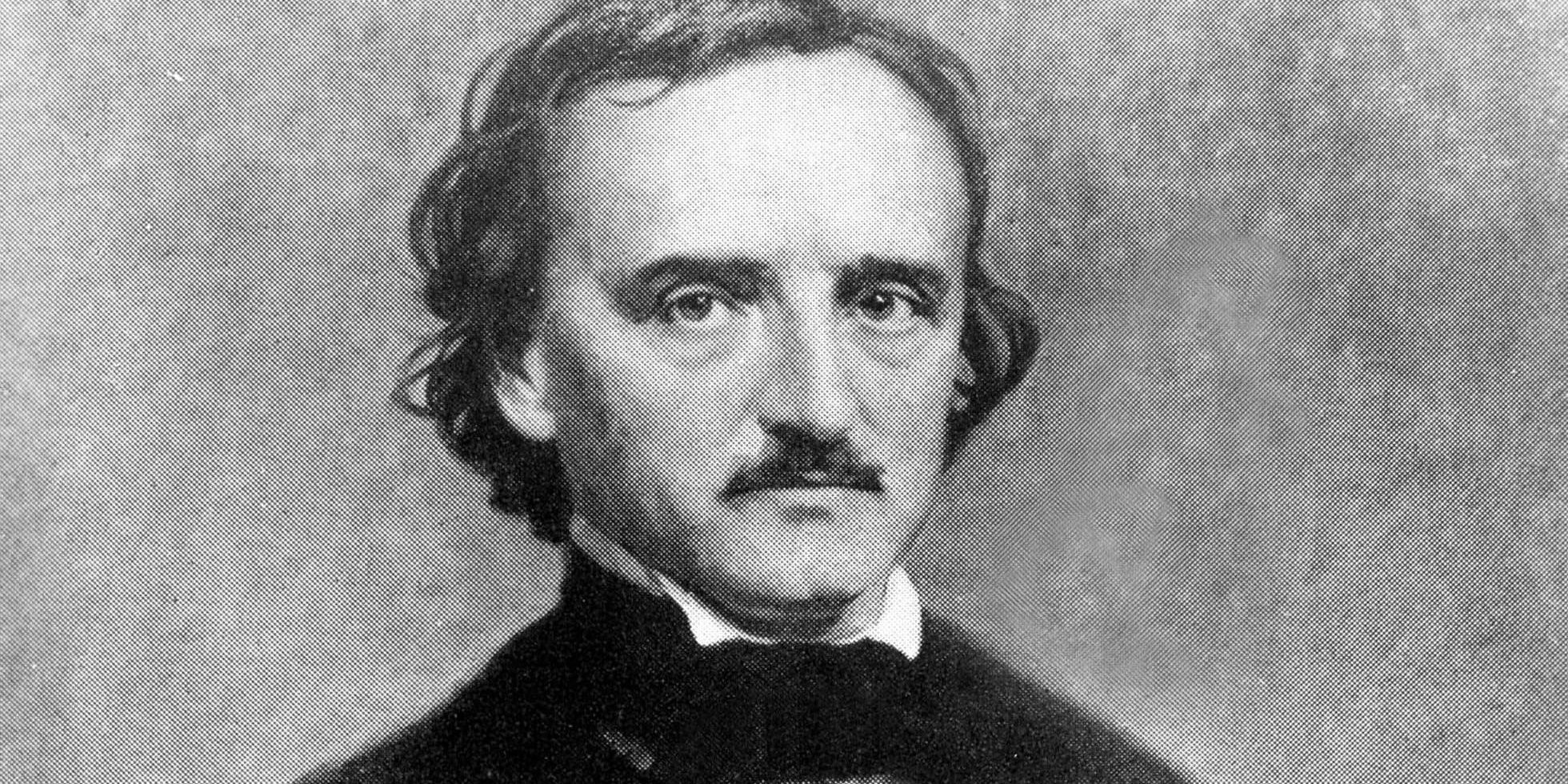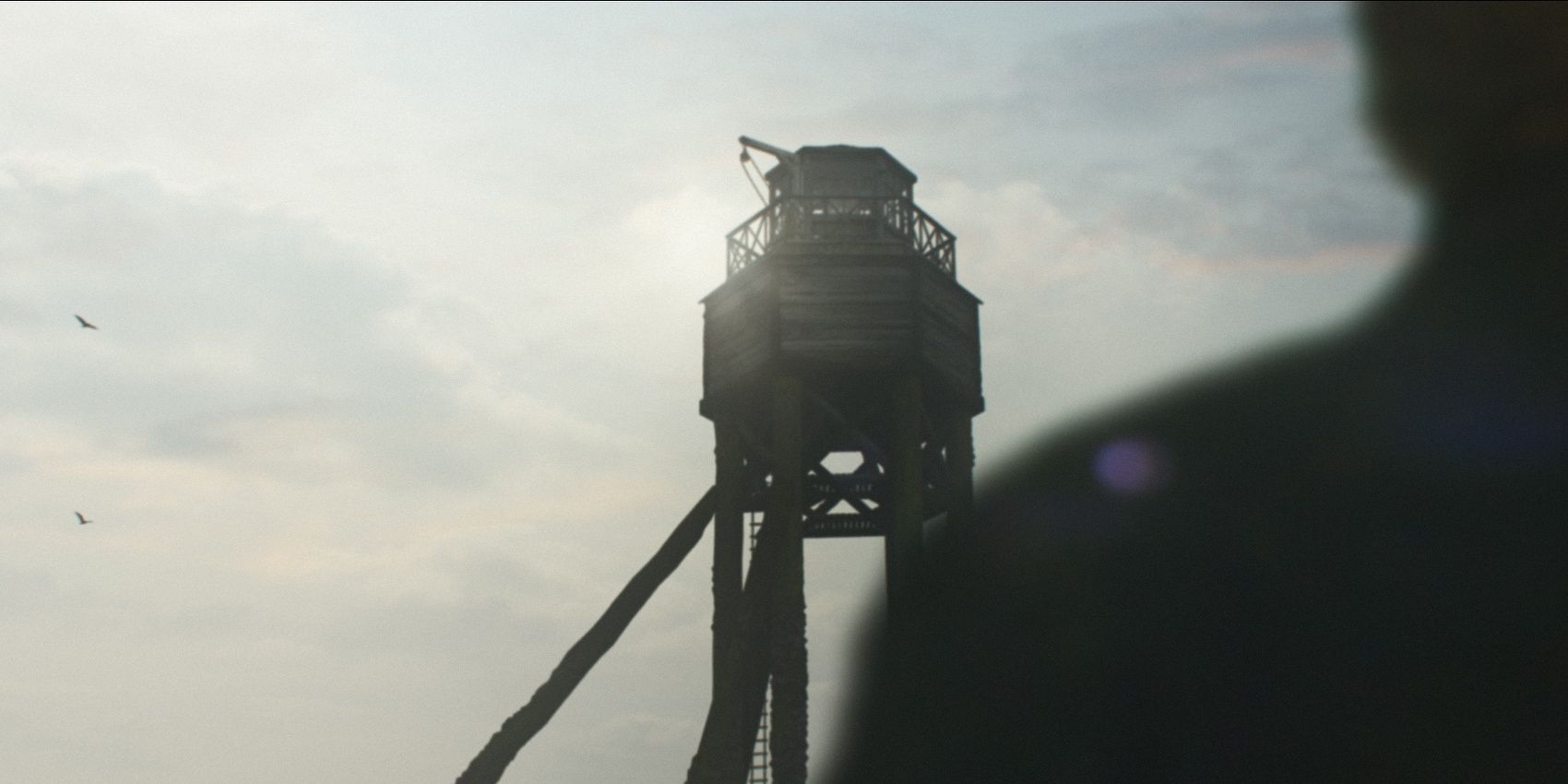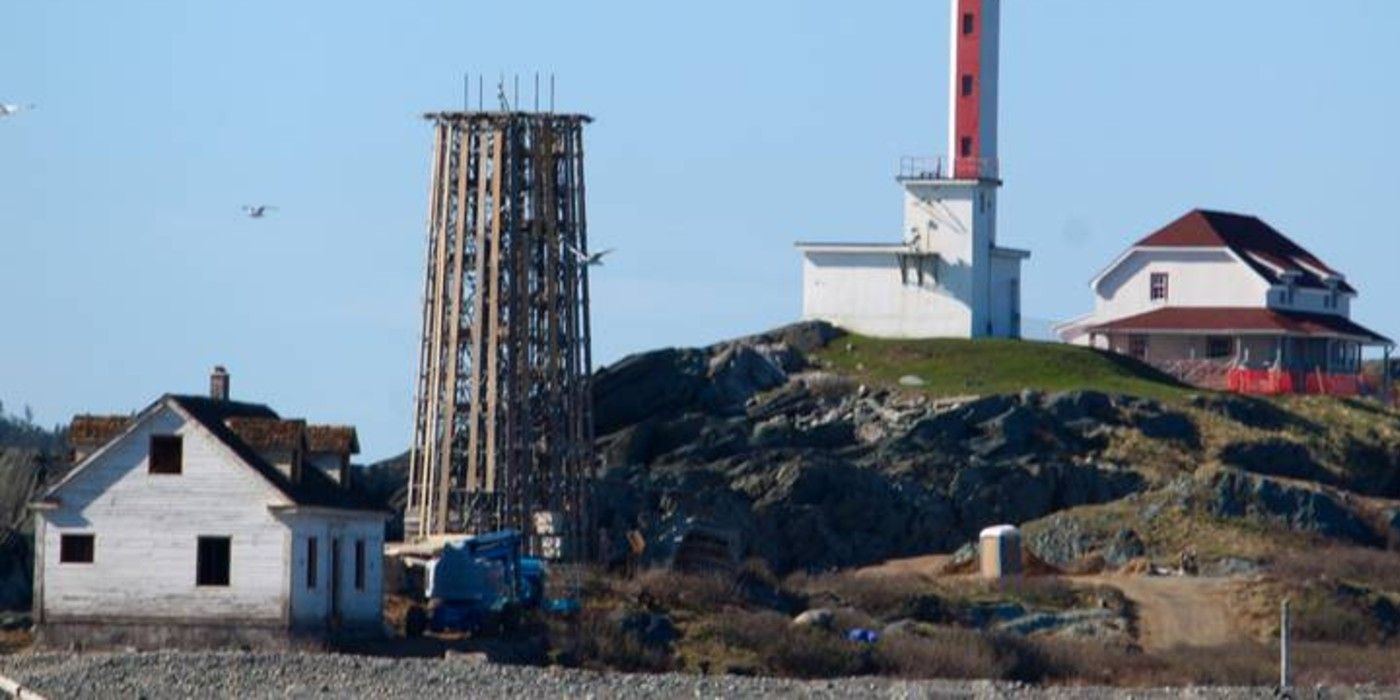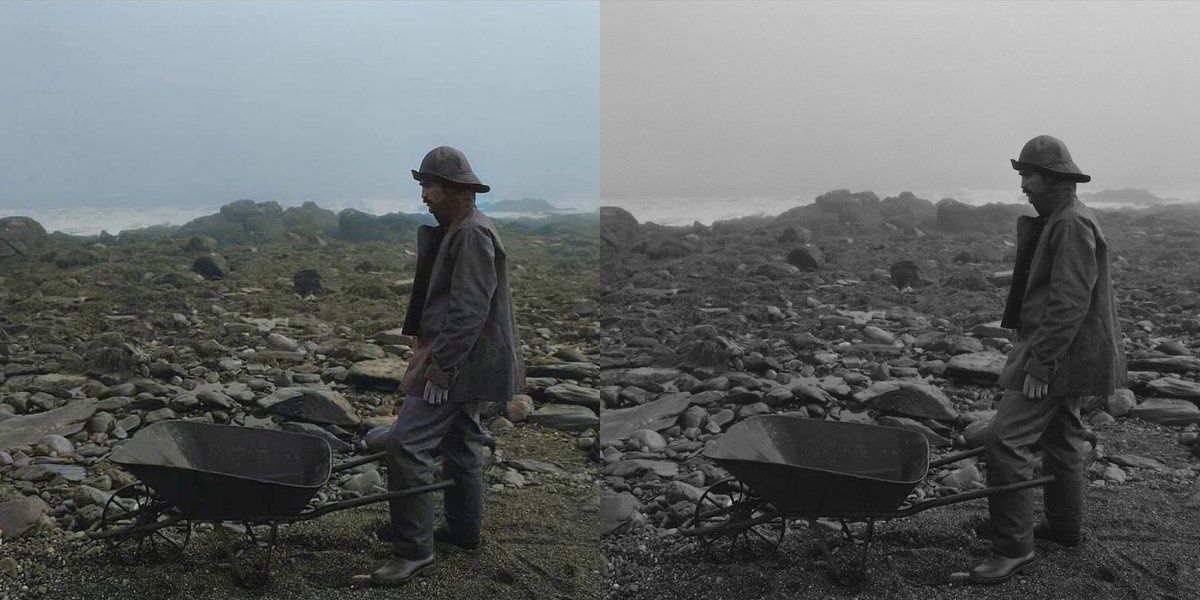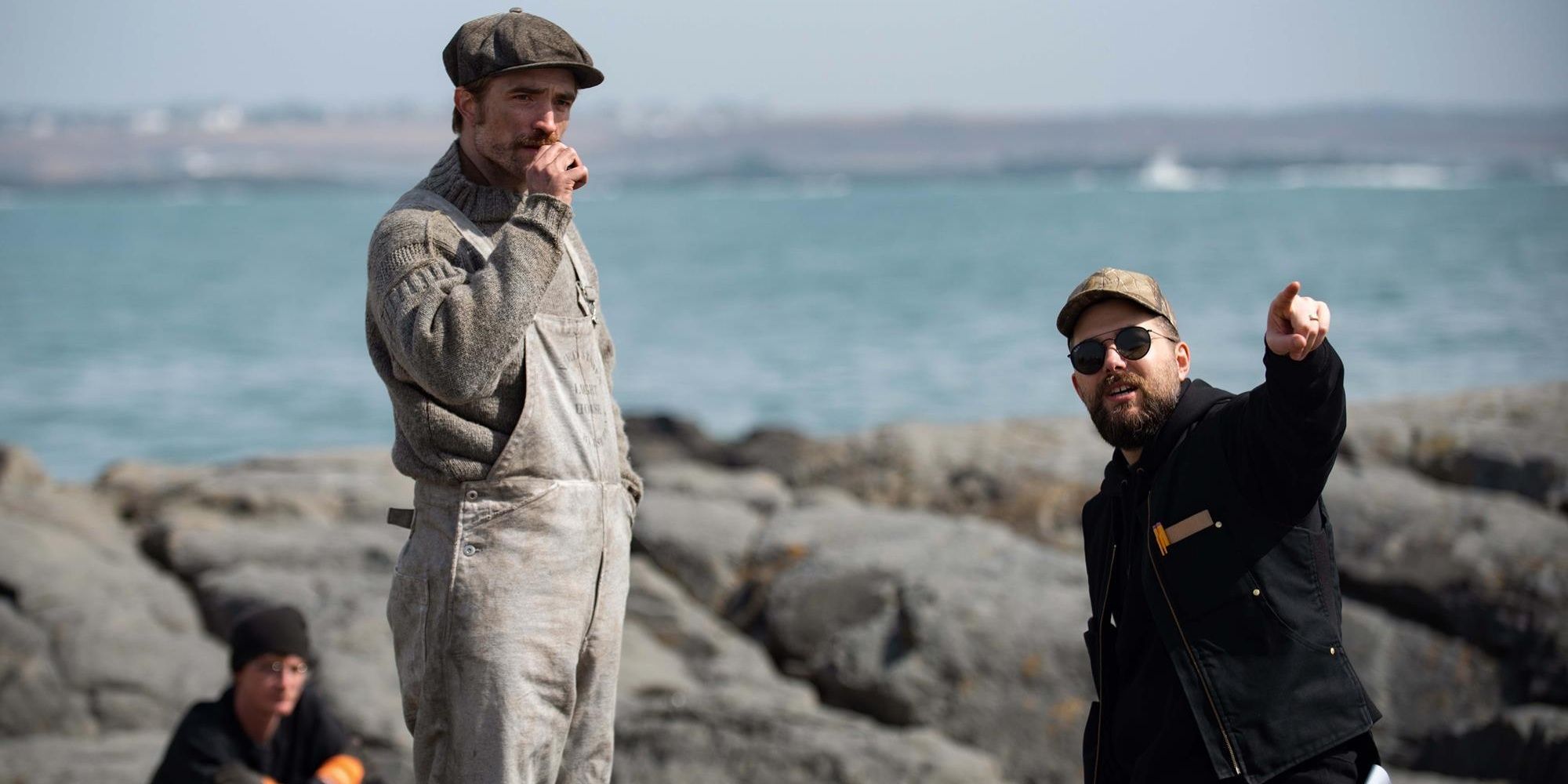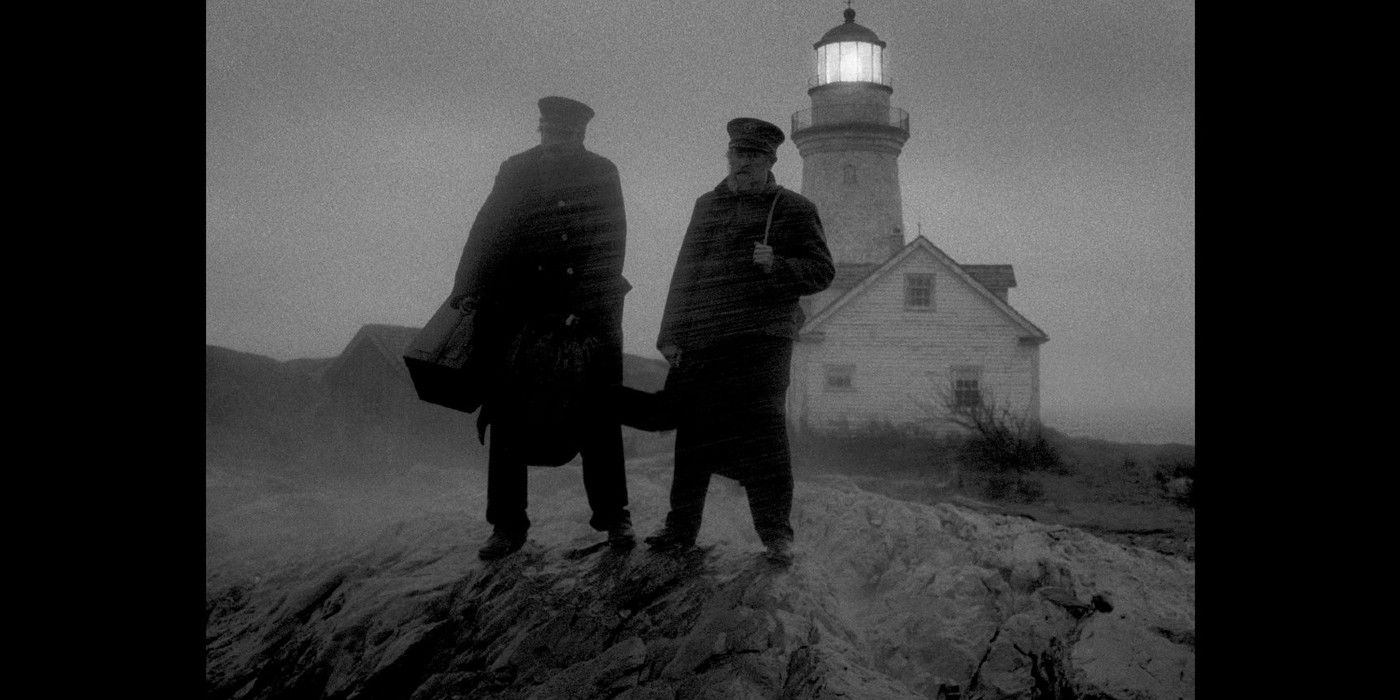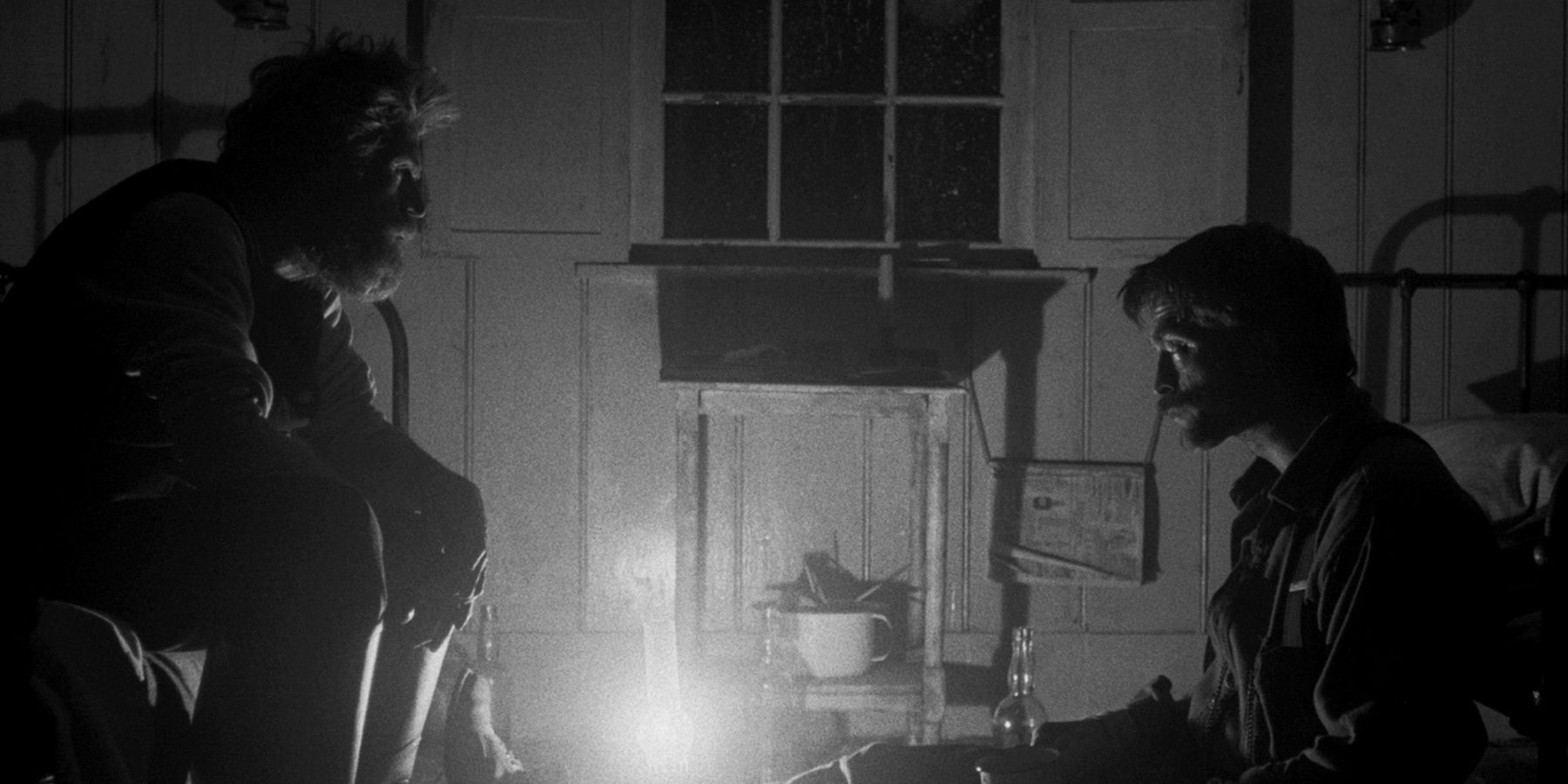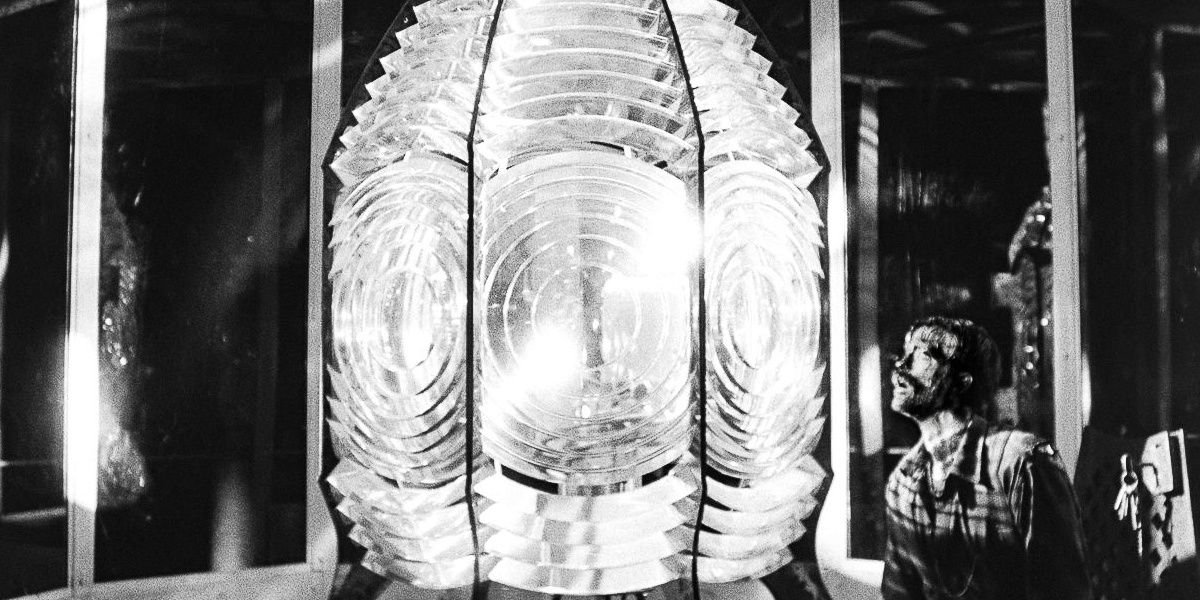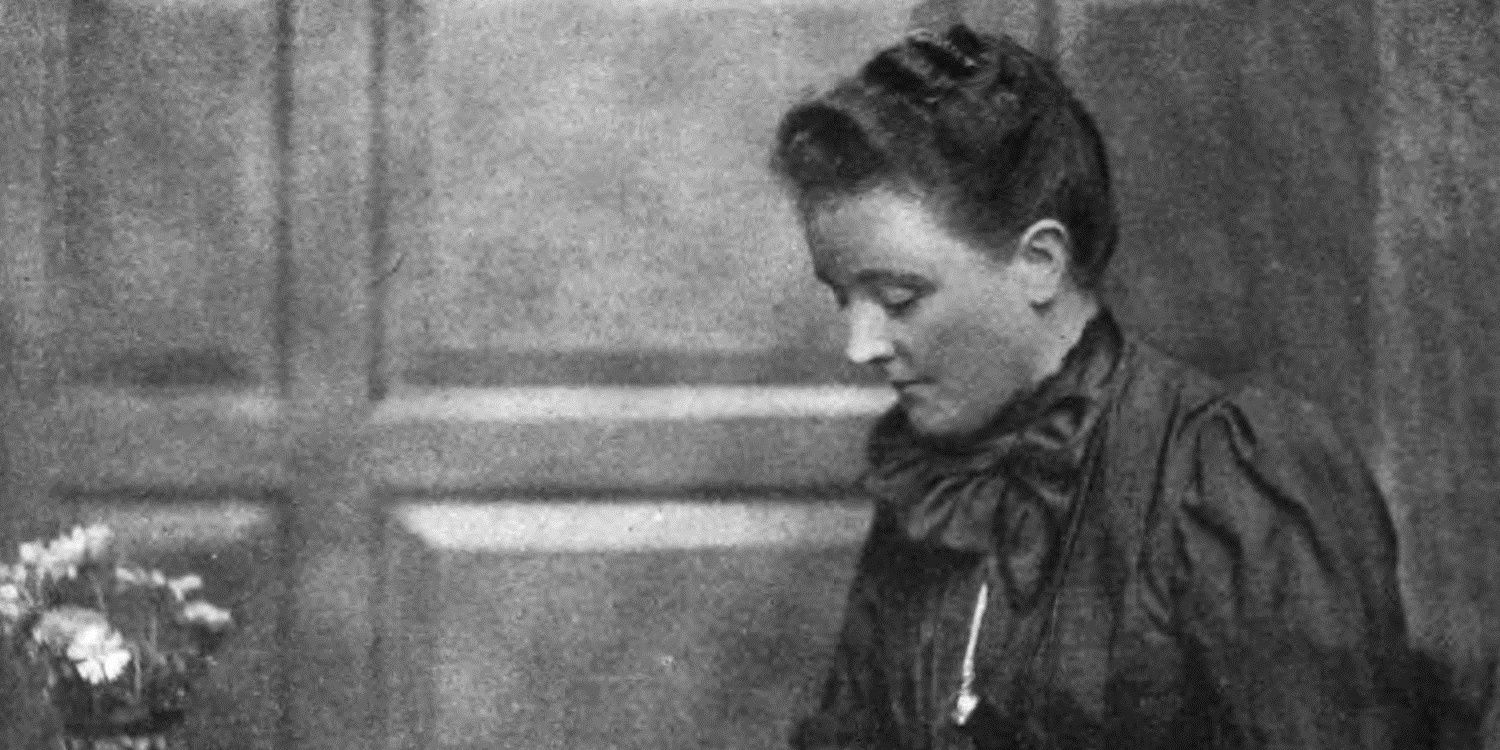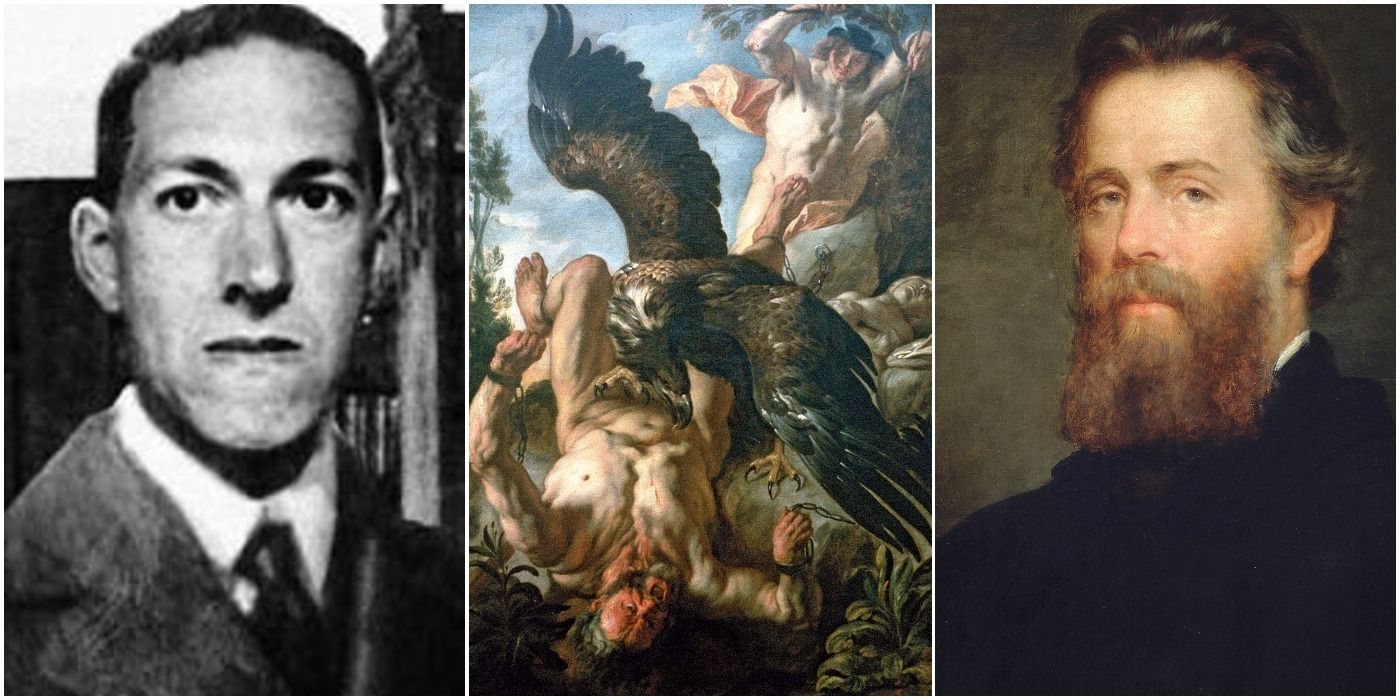The Lighthouse
Robert Eggers ' filmThe Lighthousewas a vast hit last class , receiving almost world-wide plaudit from both critic and fan alike . But how did the Eggers brothers to make a moving picture so fine superimposed , a moving-picture show that feels like part of thenew undulation of slow - sunburn artwork house horrorlike so many otherA24 filmsand yet be completely timeless at the same time ?
It was n’t gentle to make , and tons and tons of research went into the undertaking considering it ’s something like a period part in the same way Robert ’s previous effort was . The crafting of the film get far beyond enquiry though , so why not check out some other fashion in which this motion picture is truly a masterpiece .
The Lighthouse Started As An Edgar Allan Poe Adaptation
The Light - House , an uncomplete account of the narrator ’s dwindling sanity in a beacon light , is Edgar Allan Poe ’s last workplace before he died . This , unsurprisingly , was a major influence onThe Lighthouse . While not much else remain of the unfinished tale other than the title , this was more than a small inhalation .
In fact , The Lighthousewas originally conceived of as a loving court to Poe ’s bare work but when Robert Eggers ' brother could n’t finish a contemporaneous take on the material , the managing director suggested they secernate a completely original news report . This is most probable why the flick seems to take place outside of time , and why it seems like it came from some leave past .
It’s (Partially) Based On A Real Story
The real inspiration for the film comes from something that happened in 1801 , come to to by and large as " The Smalls Lighthouse Incident . " A beacon light in Britain was the setting for a particularly macabre incident , in which two pharos keepers who were know to argue often ran into an accident .
Both of men were named Thomas and when one of them died in a junkie accident , fearing accusations of slaying , Thomas decided not to throw out of the consistence and put it in a casket on an outside shelf . The winds would off the corpse , making it seem like its arm was call Thomas over , driving him mad . When authorities arrive there and found Thomas deranged , they instituted a rule that three humans be present in a light house at all times .
The Lighthouse Was Hand-Built
No veridical part of creating the scene of the film was easy for anyone take . motion-picture photography take post in a little hangar in Nova Scotia , as well as on a remote island in the same region , although the weather was abrasive and the terrain was difficult . For the purpose of shootingThe Lighthouse , they build up an entire functioning beacon , stark with an actual light .
The building was roughly 70 human foot tall , and the brightness level would shine off of the sea-coast for roughly 16 mile . Like all of egger ' films , this was done for the role of making everything get wind onscreen as bona fide as potential .
Weird Color Tricks Were Used To Make The Monochrome Look Right
If you compare the full - color versions of the shots to the black and white ones in the film , you ’ll quickly see that the part are wearing rather interesting colors . This is because they needed to get into sure wearable to bring home the bacon the appropriate black - and - white contrast .
Aside from that decision , the theater director of picture taking also made sure that there were muslin material go down up for daytime scenes , with dim lighting such as china bulbs and other types of abject wattage incandescent lamp for both night - time scenes and close - ups .
It’s The First Collaboration Between Robert Eggers & His Brother
While a lot of people lean to think of Robert Eggers as a solo managing director as opposed to a group like the Safdie Brothers , he also had help from his crony on this film .
Max Eggers was in reality the mortal who brought him the original script for the celluloid , which was more of an Edgar Allan Poe adaptation than anything . From there , they sent copy back and off , adding and take off plot of ground gunpoint and dialogue to follow up with the last rendering ofThe Lighthouse .
The Aspect Ratio Was A Controversial Choice
If you watch a flock of modernistic movies in the theater or at household , you ’re probably used to watching films in widescreen . That being said , Robert Eggers has been quoted as saying that widescreen was n’t fabricate until the ' 50s and as a answer , he wanted to give the photographic film a distinctly vintage smell .
The aspect proportion that was used in the cinema is 1.19:1 , making it most a square . Aside from being point exact , this was used to make the watcher palpate claustrophobic , as if they were stuck on the island with the two Thomases .
Very Specific Film Stock Was Used
away from the impost cameras and lens of the eye that were used forThe Lighthouse , there was also a specific type of film stick used when memorialize the footage .
The movie was shot on an old Panavision camera , and the lens of the eye that was used was excogitate in the ' 30s . All of the scenes were take on Eastman Double - XX 522 pic , which costs nearly $ 300 per coil . That being said , the celluloid stock is know for showing mass of subtlety in color and lots of direct contrast when shooting in black - and - white . This stock is regarded as some of the best black - and - ashen film there is .
A Niche Music Genre Made An Appearance In The Score
For those not familiar with a genre of euphony that ’s more akin to some form of sound art than it is soda water - music , the scene where Robert Pattinson ’s Thomas finally sees the light he ’s been drawn to might have hurt some ears . Visually , it look like the film the movie is pip on is about to be tear apart in the heat of the light . Meanwhile , the grade sounds like a screaming broken television set .
The best way to report the music that it sounds like static that come from the deepest and darkest pits of the cosmos . That ’s because it was root on by a really clandestine type of music generally referred to as " Harsh Noise , " with Merzbow probably being the great example of the writing style .
An Old & Forgotten Writer Provided Lots Of Dialogue
Sara Orne Jewett is an oft - forgotten author who lived from 1849 to 1909 , who wrote in another oft - forget genre called American Literary Regionalism , which captures a specific area in America and the manner of life the people there experience .
For eggar and his sidekick , the ground they went to this recession is that Jewett has a very specific dialect come through in her writings which is nearly unadulterated for the time , place , and lifestyle of the fictional character represented in the film .
The Lighthouse Was Influenced By Tons Of Literary Inspirations
While the influence of the Poe report is incredibly important toThe Lighthouse , there are good deal of other authors who aid bring the film into manifestation . Another big influence was the cosmic revulsion ofH.P. Lovecraft , which gave them the idea for the lighting driving Robert Pattinson ’s character either insane or to enlightenment .
There were also tons ofGreek mythologicalstories used , specifically the story of Prometheus and the story of Proteus . Aside from those source , we also see the influence of moresurrealist writers like Robert Louis Stevenson and Herman Melville , which is n’t surprising consecrate the fact that the light in the lighthouse is a bit of a large White Whale .
NEXT:10 thing That Do n’t Make Sense In The beacon
